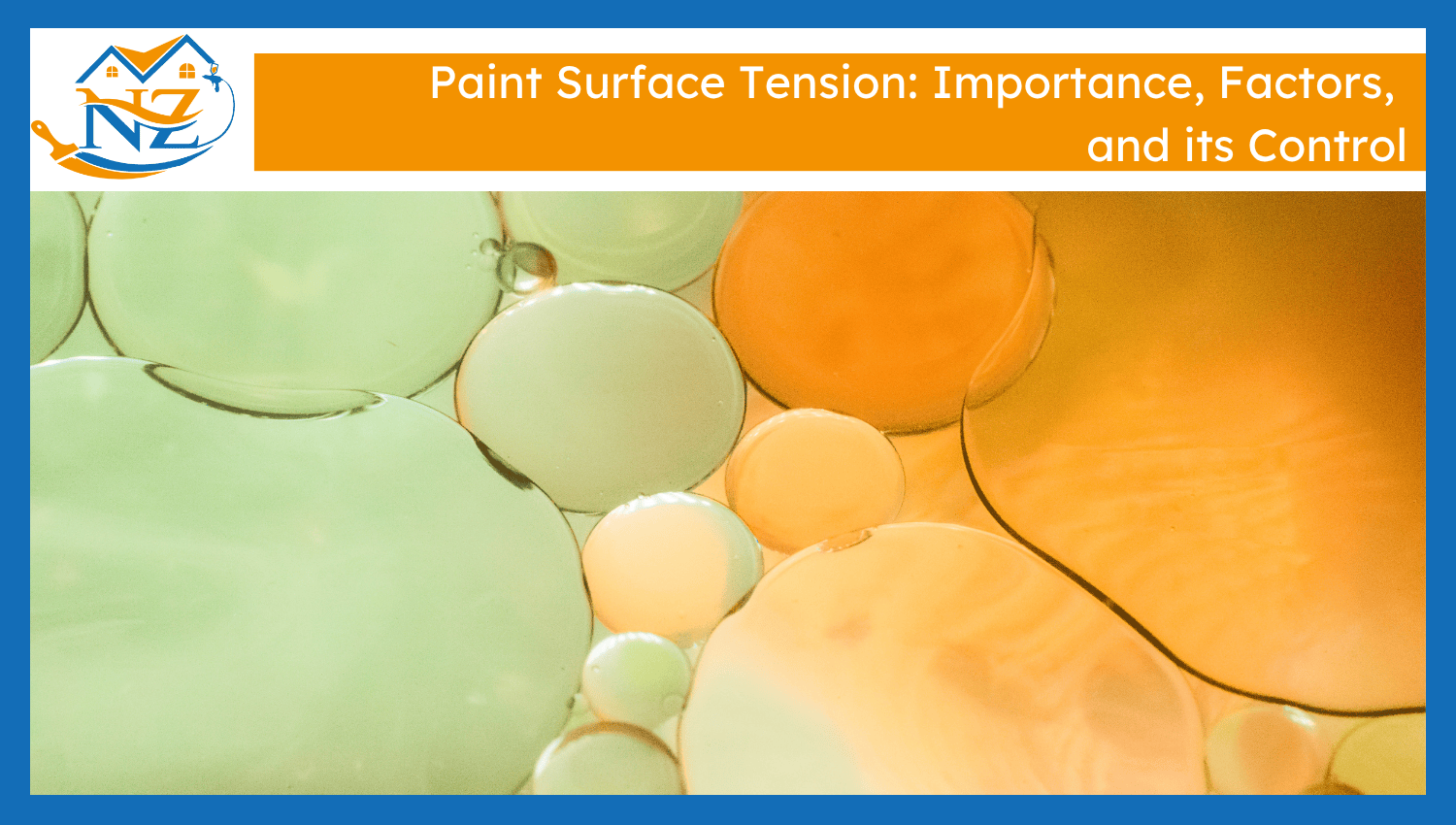

Paint surface tension refers to the cohesive forces that tightly pack the paint molecules. It defines how well the paint flows and adheres to the surface. Water has a high molecular cohesion of 72 mN/m due to its polar nature. Its positive and negative ends create strong cohesive forces and do not blend easily. Likewise, a droplet runs and does not stick well on high surface tension substrates (metal, oil, glossy surface). Unlike water-based paints, oil-based paints have surfactants in their formulation to lower the surface tension. Keep the surface tension of paint lower than the substrate to avoid bubbles and pinholes.
Here is why understanding surface tension is important in paint formulation:
Here are the factors that affect the paint surface tension:
Here is how to control the surface tension in paint:
Here is why controlling surface tension is important before painting any substrate:
Here are the effective methods to measure the surface tension of paints: